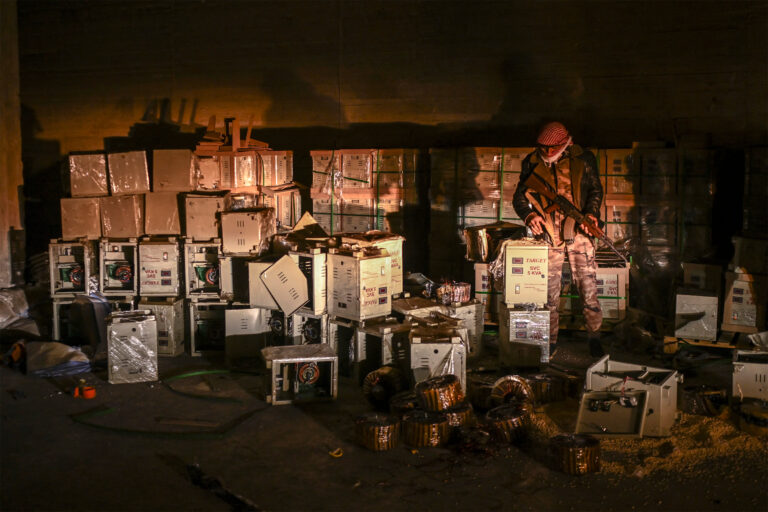News Analysis
The attacks in Lebanon required getting deep into the supply chain, which is difficult to do. But the sabotage contributes to a sense of vulnerability that ordinary devices can become a source of danger.

Leer en español
When Israel and the United States joined forces 15 years ago to execute the defining cyberattack of a new age of conflict — a deviously ingenious effort to inject malicious code into Iran’s nuclear enrichment plants, sending them spinning out of control — the operation was reviewed by lawyers and policymakers to minimize the risk to ordinary civilians.
They decided to go ahead because the targeted equipment was deep underground. President Barack Obama was assured that the effects could be strictly contained. Even so, there were surprises: The secret computer code got out, and other actors amended the malware and turned it against a variety of targets.
Now, the presumed Israeli sabotage of hundreds or thousands of pagers, walkie-talkies and other wireless devices used by Hezbollah has taken the murky art of electronic sabotage to new and frightening heights. This time the targeted devices were kept in trouser pockets, on belts, in the kitchen. Ordinary communication devices were turned into miniature grenades.
And while the target was Hezbollah fighters, the victims were anyone standing around, including children. Lebanese authorities say 11 people died and more than 2,700 were injured in Tuesday’s attack. On Wednesday, at least 20 more people were killed and 450 injured in a second round of attacks with exploding walkie-talkies.
There is reason to fear where this attack on Hezbollah fighters might go next. The history of such sabotage is that once a new threshold is crossed, it becomes available to everyone.
Of course, there is nothing new about sabotaging phones or planting bombs: Terrorists and spy agencies have done that for decades. What made this different was the mass scale, the implantation of explosives on so many devices at once. Such subterfuge is difficult to pull off, because it requires getting deep into the supply chain. And that, in a way, is the best reason for people not to be afraid of their internet-connected refrigerators and computers.



